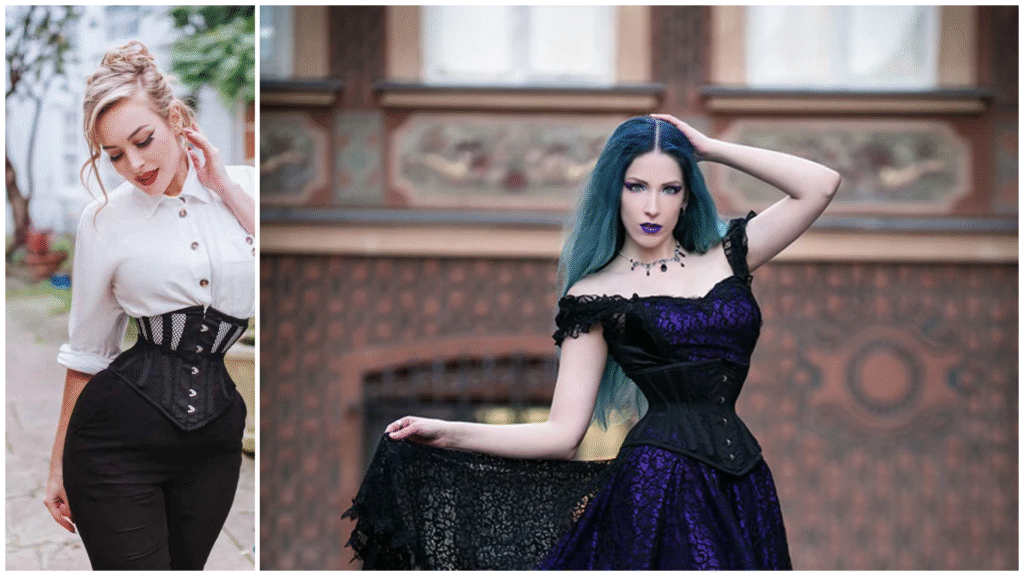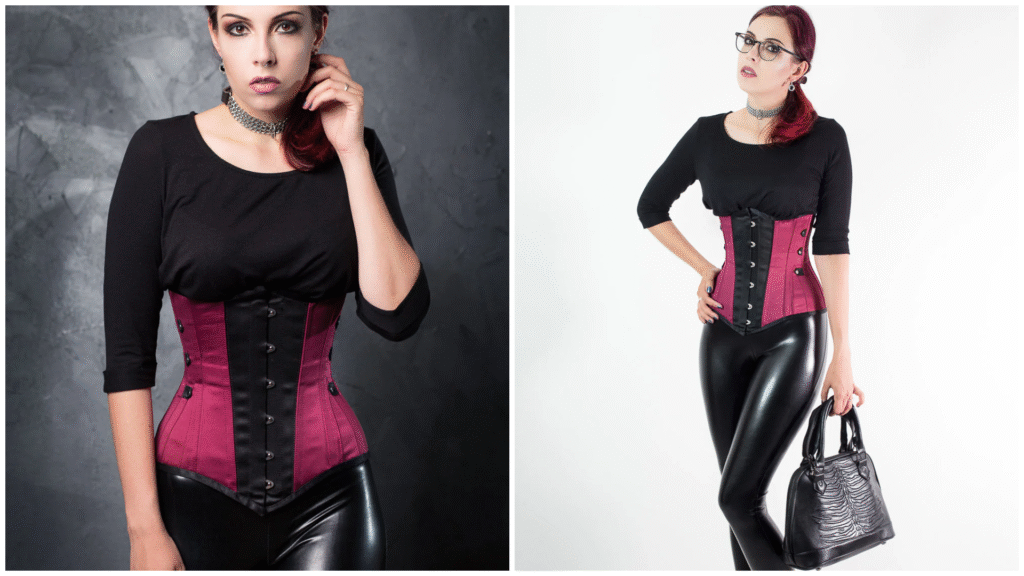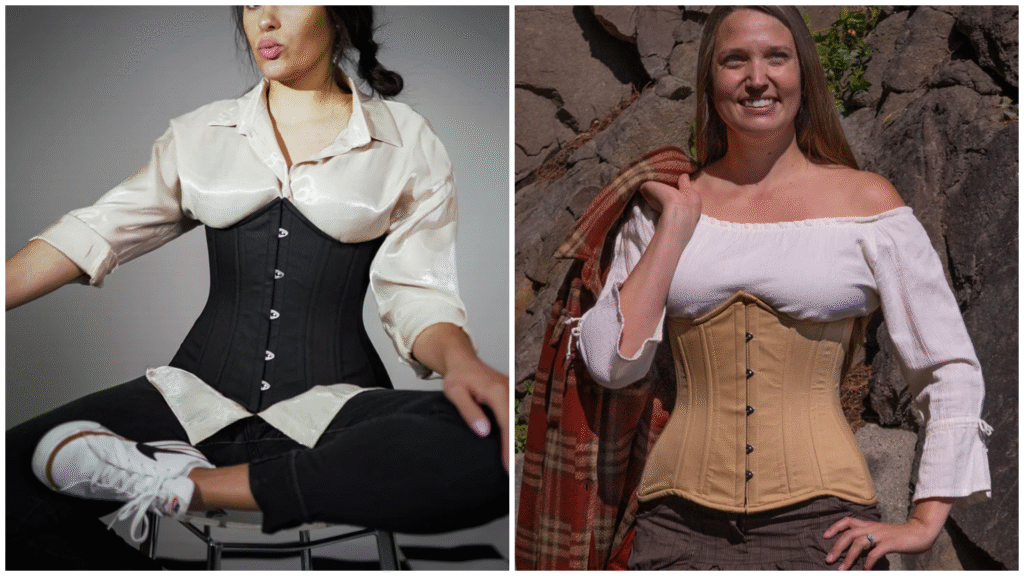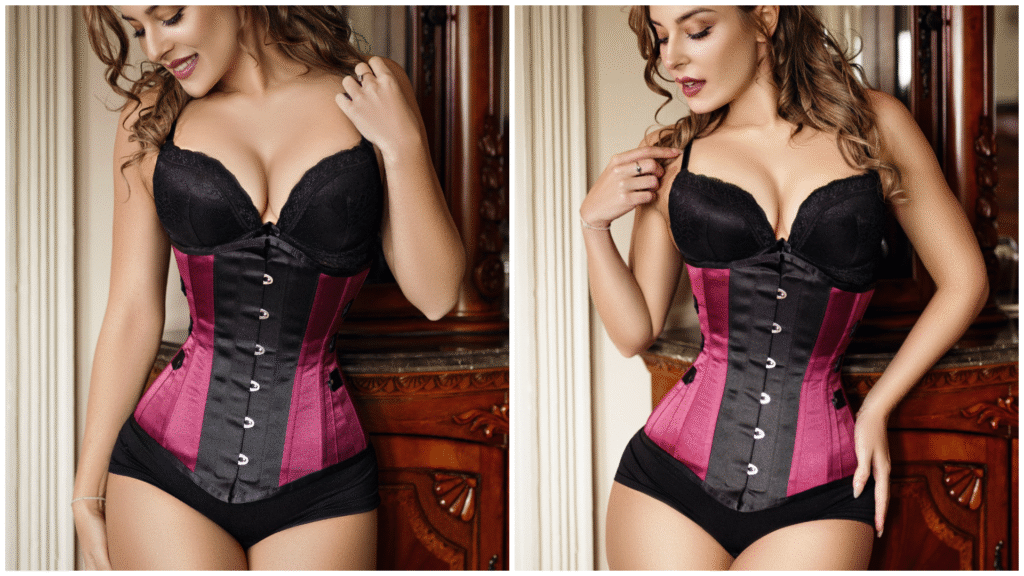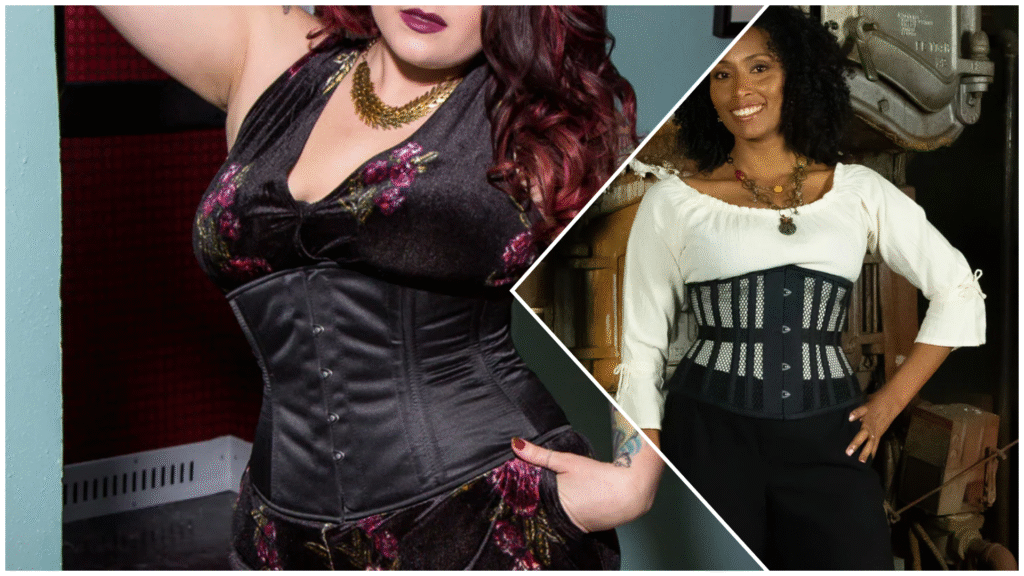Getting the ideal waist training corset starts with precise measurements. If your corset does not fit perfectly, it won’t work — and it definitely won’t feel good. To begin your waist training journey on the right foot, measuring your body properly is the initial and utmost priority. In this article (How to Measure Yourself for a Waist Training Corset), we will guide you through the whole process of taking your measurements like a pro and getting the perfect-fitting corset for your individual figure.
Why Precise Measurements Are Important
Corsets used for waist training are meant to shape and mold your body. In order to get that hourglass figure or narrow your waist safely, the corset has to be fitted but not too tight. A poorly fitting corset can be painful, limit mobility, or even injure your body. That’s why precise measurements are crucial when selecting any corset — particularly when it comes to waist training.

What You Need to Get Started
Before you take your measurements, get the following equipment:
- A flexible, soft measuring tape (tailor’s tape is best).
- A full-length mirror.
- A notepad or cell phone to write down your measurements.
- A tank top or an undergarment that fits tightly for precise results.
Main Areas to Take Measurements
There are four major areas of the body you need to measure in order to select a waist training corset:
1. Natural Waist
This is the most critical measurement when sizing corsets. Your natural waist is the most slender section of your torso, typically above your belly button and below your ribcage. Breathe normally and have the measuring tape circle your waist without pulling tight. Ensure the tape lies flat all the way around.
2. Underbust
Measure directly below your bust line, where the corset would begin if you’re purchasing an underbust corset. This will guide the corset’s upper edge and where it will rest against your torso.
3. Full Hip
Take the measuring tape around the fullest part of your hips and buttocks. This is important in longer corsets that reach the hips, like Gemini or Libra silhouettes.
4. Torso Length
Sit upright in a chair and take the measurement vertically from underbust down to your upper thigh (the point you bend at the hip). This assists you in establishing whether you would require a regular, longline, or short corset.


Tips for Taking Accurate Measurements
- Stand straight and breathe normally when measuring.
- Don’t suck your stomach in or wear loose or baggy clothing.
- Get someone to assist you for more precise results if you can.
- Measure repeatedly and average it out.
- Record all the measurements clearly and identify them as such.
If you are not get these tips, kindly visit our size chart page for taking accurate tips and measurements for selecting best waist trainer corset.
Selecting the Proper Corset Shape According to Your Measurements
With your measurements in hand, you can now pair them up with the appropriate corset shape. Various corset shapes suit different body types as well as exercise goals. For instance:
- Hourglass Corsets: Best for beginners wanting to have a gentle shaping.
- Gemini Corsets: Excellent for naturally curvier figures or high-hipped individuals.
- Libra Corsets: Ideal for short torsos and petite body types.
- Overbust Corsets: Offer bust support as well as waist cinching.
- Underbust Corsets: Convenient to fit and style, particularly excellent for layering or everyday wear.
Pick a corset that matches your body shape and your training objective. Compare your measurements always with the size chart of the brand since sizing is different across manufacturers.
Reading Corset Size vs. Natural Waist
Corset sizing is different from your waist measurement in inches. Your waist training corset should be about 4–6 inches less than your natural waist size. For example, if your waist is 30 inches, your corset size would be 24–26 inches.
Starters tend to be recommended to reduce by 4 inches, whereas experienced trainer waists might reduce up to 6 inches depending on the training level achieved and personal comfort.
Mistakes to Avoid When Taking Your Measurements
- Taking measurements over baggy or heavy clothing.
- Pulling the tape around the body too tightly or loosely.
- Not measuring the torso length.
- Using a rigid or metal tape measure.
- Guessing measurements without taking them.
Waiting to measure properly avoids sizing problems and makes you feel more comfortable with your corset purchase.
Conclusion
Getting yourself measured right is the key to successful waist training. With right measurements of your waist, underbust, hips, and torso, you can select a corset that supports your body well, fits comfortably, and sculpts your figure nicely. If you’re a beginner or need to replace an old corset, correct measurement guarantees long-term satisfaction and success.
Don’t hurry through the process — your safety, comfort, and waist training objectives are counting on it. Keep this guide (How to Measure Yourself for a Waist Training Corset) handy every time you buy a new corset. With proper fit, you’re set to achieve that sleek silhouette you’ve been dreaming of.



